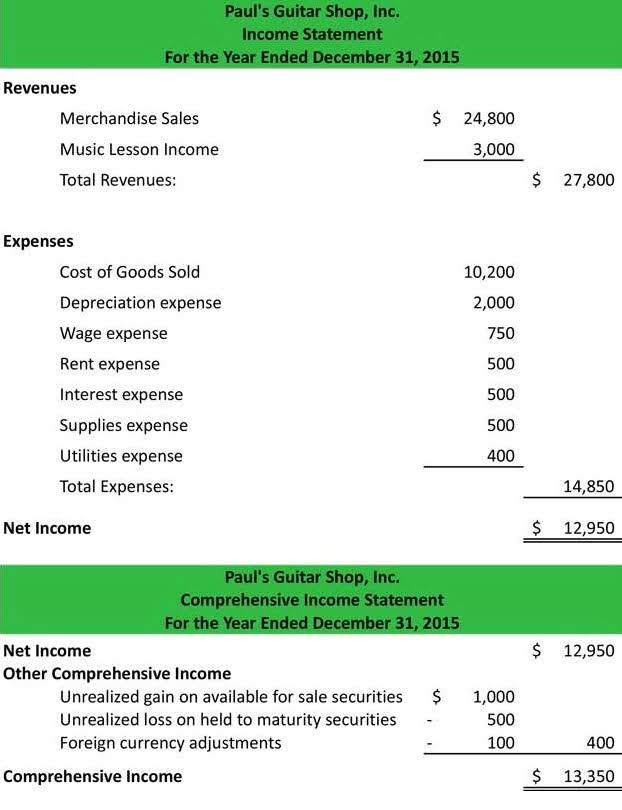The first class of expenditures represents the day-to-day service and in general is chargeable to operations as incurred. (a) Assets acquired by issuance of capital stock—when property is acquired by issuance of common stock, the cost of the property is not measured by par or stated value of such stock. Plant assets are reported within the property, plant, and equipment line item on the reporting entity’s balance sheet, where it is grouped within the long-term assets section.
As such, these assets provide an economic benefit for a significant period of time. This can help provide accurate financial information if the market for plant assets is unusually volatile. Unlike investments or resale items, plant assets are integral to the core activities of a business. They linear least squares wikipedia are directly involved in day-to-day operations, facilitating the production, delivery, or administration of the company’s offerings. For example, in a manufacturing company, the machines used to create products are plant assets because they enable the core function of production.
Types of Plant Assets
Examples include adding extra storage to a warehouse, upgrading lighting systems, or installing additional security features. Improvements are often considered separate assets because they represent a new investment beyond the original purchase. These investments help businesses maintain modern, efficient, and safe work environments, especially as they grow or modify operations.
Depreciation On Plant Assets
The concept of military time has been widely used for decades, particularly in the armed forces, aviation, and other fie… The same process will be repeated every year at the end of the financial year. For the past 52 years, Harold Averkamp (CPA, MBA) hasworked as an accounting supervisor, manager, consultant, university instructor, and innovator in teaching accounting online. For the past 52 years, Harold Averkamp (CPA, MBA) has worked as an accounting supervisor, manager, consultant, university instructor, and innovator in teaching accounting online. Get stock recommendations, portfolio guidance, and more from The Motley Fool’s premium services. When researching companies, the financial statement is a great place to start.
Asset Lifespan and Revenue Generation
- This method implies charging the depreciation expense of an asset to a fraction in different accounting periods.
- Current assets typically include cash, inventory, accounts receivable, and other short-term liquid assets.
- Current assets and plant assets represent two distinct types of assets on a company’s balance sheet, each serving different financial and operational roles.
- Plant assets are a critical component of a company’s overall assets and play a vital role in its operations.
- A plant with a 10-year life may have a value between $10 million and $20 million, depending on how long it will be used and how much maintenance is required to keep it in good working order.
- Improvements refer to significant enhancements made to existing assets, either to extend their useful life or increase their functionality.
Furthermore, it is expected that the benefits gained from the asset will extend beyond a time span of one year. Whether a portion of available cash is used, or the asset is financed by debt or equity, how the asset is financed has an impact on the professional nonprofit letterhead financial viability of the company. This can be misleading when an outsider is trying to gain an understanding of the value of a business by perusing its financial statements.
Current Assets versus Plant Assets: What’s the Difference?
- As such it may be viewed as an extraordinary repair and charged against the accumulated depreciation on the truck.
- Plant assets are recorded at their cost and depreciation expense is recorded during their useful lives.
- Plant assets are key to a company’s production process and are often considered among the most valuable items on the balance sheet.
- If the asset’s value is found to be impaired, the carrying amount would be reduced.
- Plant assets are important because they enable companies to operate efficiently and effectively, generate revenue, and gain a competitive advantage.
- The rationale for this approach is that the terms of these discounts are so attractive that failure to take the discount must be considered a loss because management is inefficient.
Let us try to understand the difference between plant assets characteristics and current assets. The last entry would be posted every year for the next 30 years, resulting in nil value at the end of the useful life. Plant assets fall under the fixed asset category and can be used in the business for more than one year. They are used for manufacturing and selling the goods and services of the company. In the same way, a company can sell its assets to a third party and use them for its own benefit. This is called an “asset sale,” and it is not considered to be a sale of a tangible asset.
What is travel insurance? Why is it essential for international travelers?
Companies that are expanding may decide to purchase fixed assets to invest in the long-term future of the company. These purchases are called capital expenditures and significantly impact the financial position of a company. Generally, plant assets are among the most valuable company assets and tend to be relied on greatly over the long term.
The Role of Plant Assets in Business Operations
The exception is land, which typically does not depreciate because it doesn’t wear out or become obsolete over time. Plant assets usually require a significant financial investment due to their essential role and durability in operations. This high monetary value is reflected in the how to prepare an adjusted trial balance initial cost of acquiring and setting up these assets. For instance, purchasing heavy machinery or a building often demands a substantial upfront cost that impacts a company’s cash flow and financial planning.







